What you Should Know about Pangasinan and its Citizens
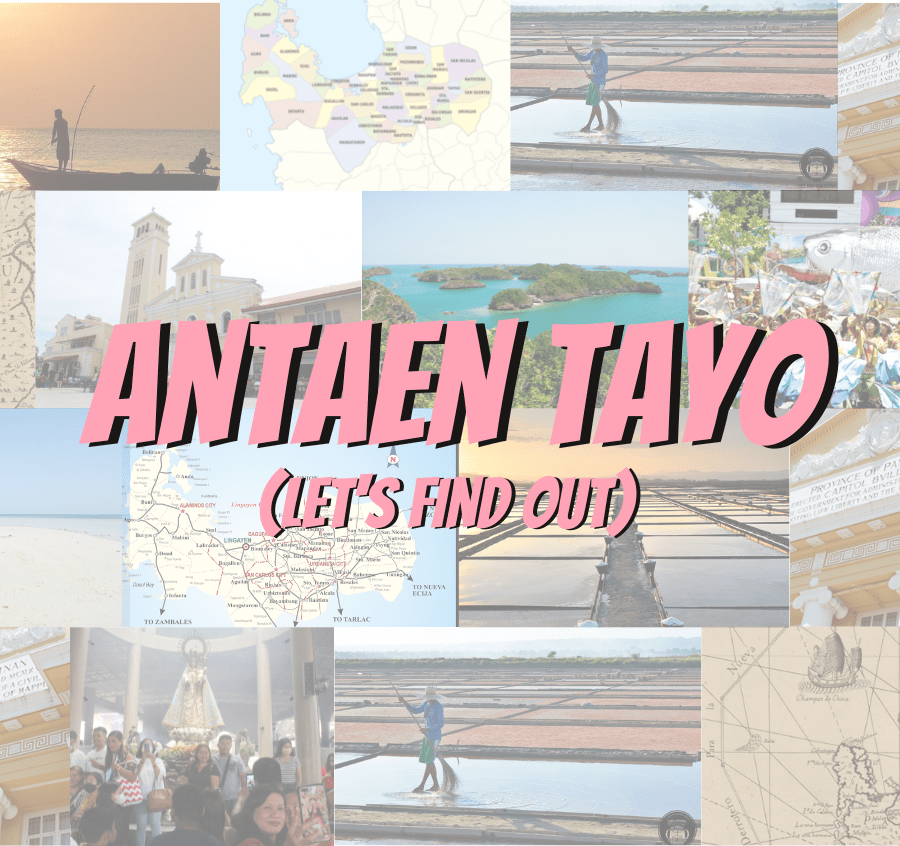
Pangasinan is probably known as a go-to province for every summer vacation. This province has been known for having beautiful beaches, green hills, picturesque terrains, ancient churches, and much more. However, beyond all these beautiful places, Pangasinan is a place to call home.
About Pangasinan
The province of Pangasinan has been recognized as the third-largest province in the entire Philippine Archipelago. It comprises 4 cities and 44 municipalities. Consequently, the province is boarded by La Union on the North, Nueva Ecija on the East, Tarlac on the South, and Zambales on the west.
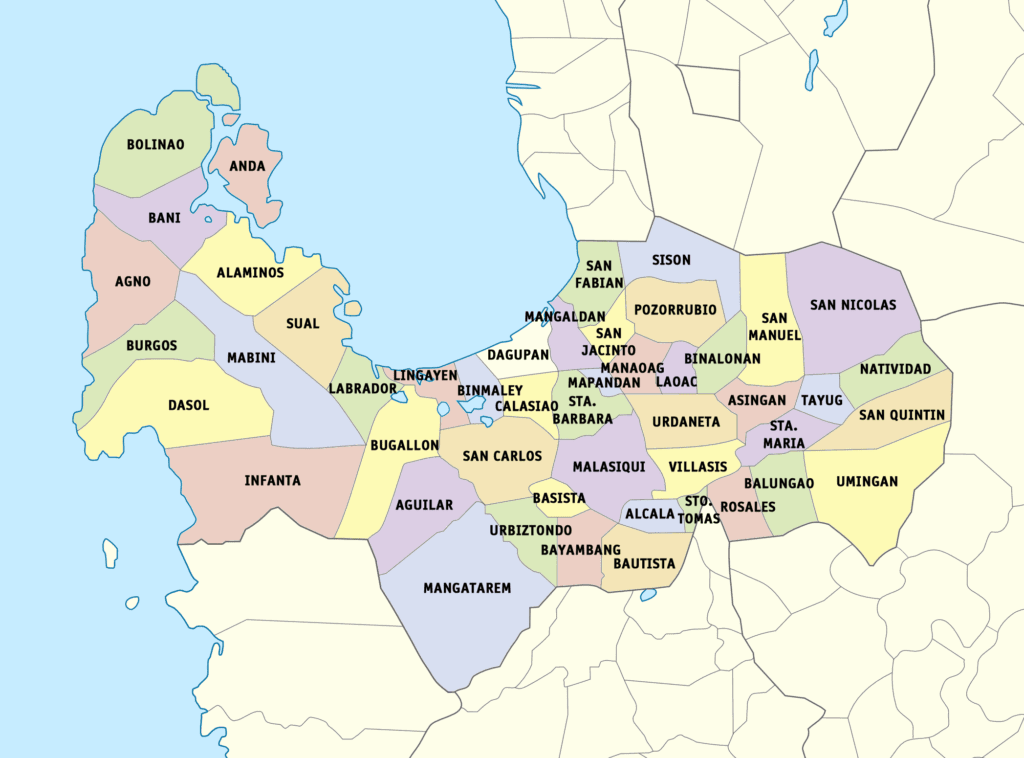
Trilogy of the word Pangasinan
Pangasinan as the Province
Many people did not know that the province’s name, Pangasinan, comes from salt or asin. Its name, PanagASINan or Pangasinan, means where salt is manufactured. This naming came about because of the province’s abundant salt beds. Thus, this became the primary source of income for the coastal communities.
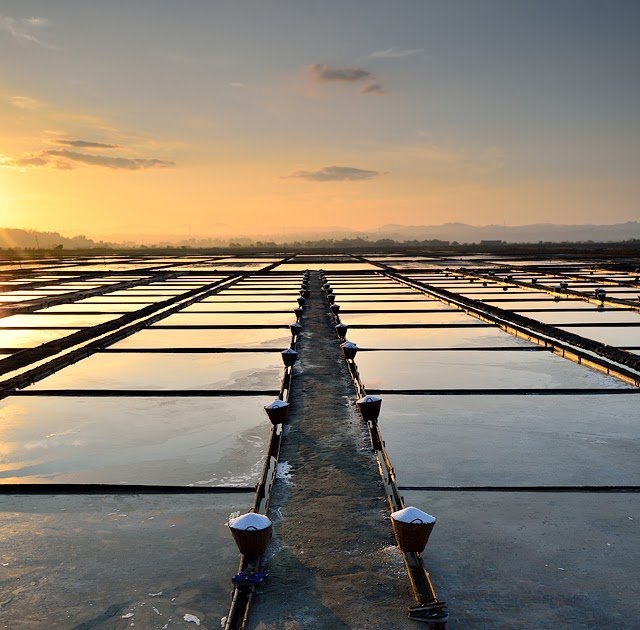
Pangasinan as the Language
Being a province, it also carries its own rich language. The language’s name is also called Pangasinan. Again, it’s Pangasinan, not Pangalatok. False information claiming that Pangalatok is the province’s language has been circulating for many years. Many locals and professors from the area have been debunking these claims because it’s unfactual and invalid. Therefore, locals keep enriching their language by continuously using it in formal and informal communication.

Pangasinan as the People
The province calls its citizens Pangasinan as well. They are named after their area too. This might sound new to you, right? However, this one is the most correct out of all. Many of you might call the locals from the province as Pangasinense. Well, technically, that is correct too. Pangasinense has been accepted because of its long existence and association with the province and its people. But, if you want to sound totally right, use Pangasinan to refer to the locals.
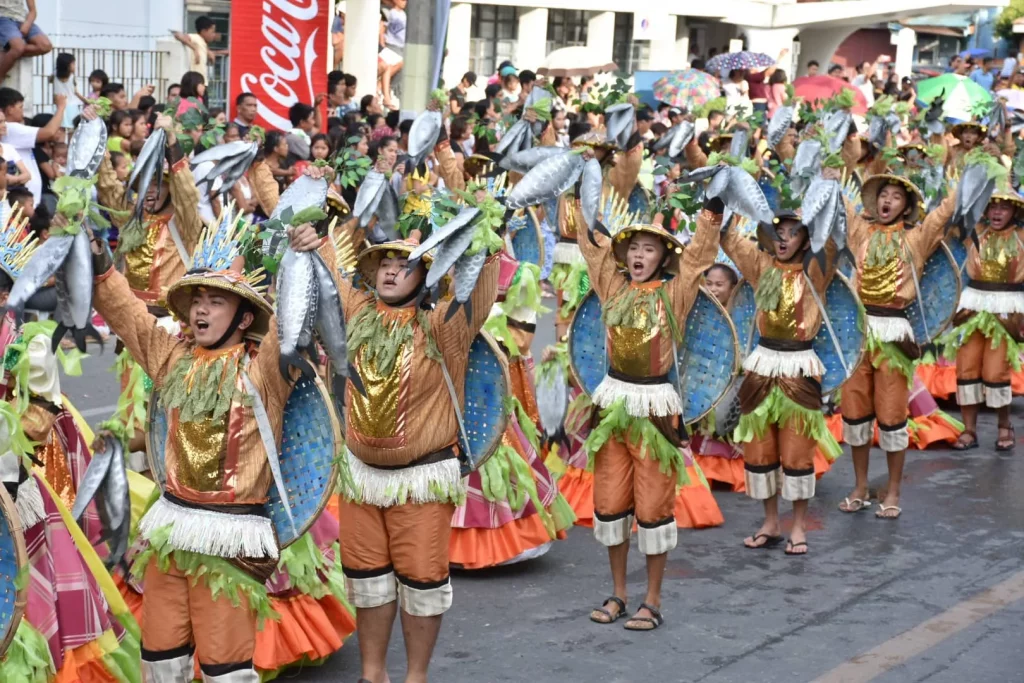
History
The province already had a long history of civilization before the colonizers entered the country. In fact, trade between the people of the province and China, Japan, and India dates back to the eighth century A.D. In terms of political civilization, the province was also one of the first political and administrative regions of the country.

Culture
Pangasinan is one of the country’s many provinces with colorful festive seasons. Festivals in the province range from secular and non-secular celebrations. Locals usually celebrate these festivals to thank gods and goddesses and, of course, to celebrate life.
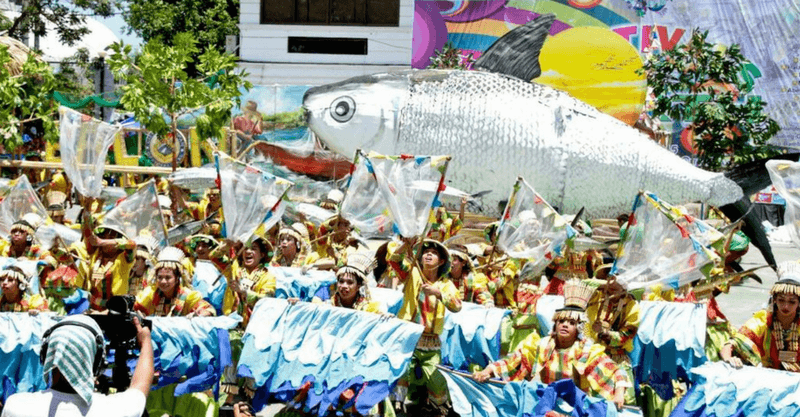
Traits of the People
Generally, locals are among the most industrious Filipino citizens. Most locals work in either agriculture or aqua-culture fields, as the province is deeply-rooted in these areas. Above all, they are the kindest and most hospitable people as they accept their visitors wholeheartedly.
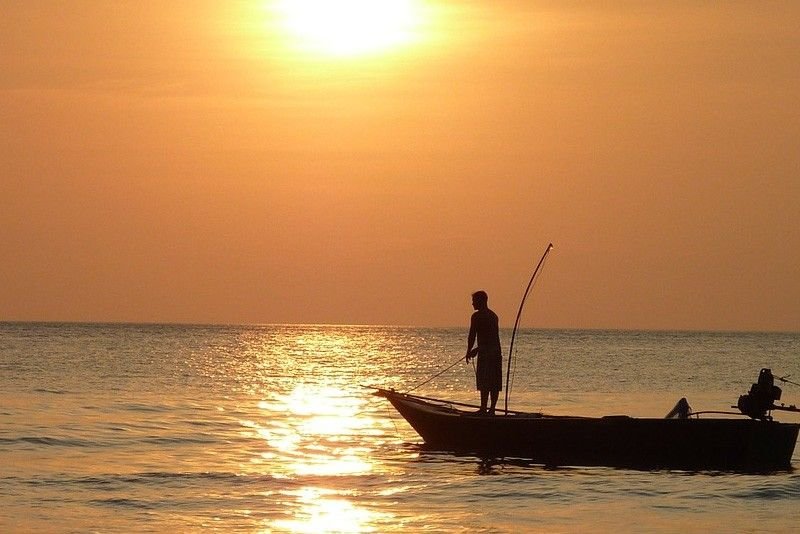
Our country has abundant beautiful places, and Pangasinan is just one of those. As Filipinos, we should familiarize ourselves with our country’s own beauty. Indeed, it’s more fun in the Philippines.
Joseph is a broadcasting student adept at developing compelling and creative stories with unfaltering dedication. With many years of experience as a Campus Journalist, he has gained invaluable writing experiences that made him a story-driven person. Aside from writing, he also has an interest in photography, graphic designing, and gaming. He believes that writing is a potent activity that one can do to inspire other people.





